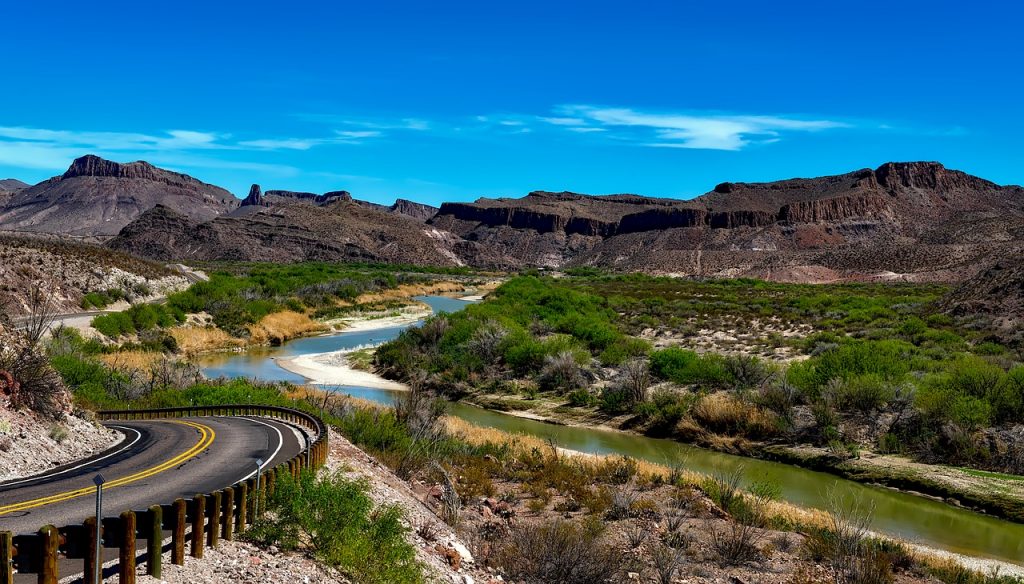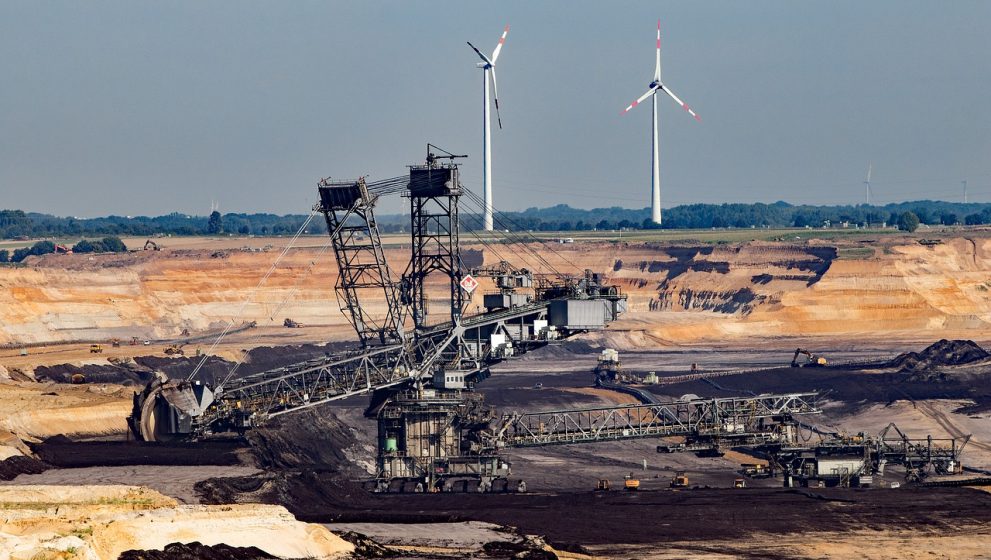Have you been considering selling your property but wonder if it has more value beneath the ground? Or maybe there’s more profit to be made from leasing the land for what’s underneath. But first off….
What Are Mineral Rights?
According to MineralWise mineral rights refers to “the ownership of the minerals on or under the surface, with the owner having the right to capture or recover and the right to delegate owner rights to another party to recover mineral by negotiating a lease agreement.” The United States is one of the few countries that allows landowners to have ownership of what is beneath the soil. But to see if this is an opportunity for profit, you’ll want to take a few steps to uncover the worth of the mineral rights on your land.

How to Calculate Value of Mineral Rights
1. Call A Geologist
First off, you’ll need to know if there are any natural resources in your land. A geologist will take some tests and report the depth, area, and concentration of any natural resource present.
In Texas, the most common places for oil and gas drilling include the following shale and basin areas. If your land lies within one of these regions, there’s a greater chance that natural resources exist on your land:
- Barnett Shale: Located in North Texas in the DFW area, the Barnett Shale holds substantial reserves of natural gas that have been drilled more heavily in the last decade thanks to fracking.
- Pearsall Shale: This shale play sits in depths underneath the Eagle Ford Shale, in far southwest Texas.
- Permian Basin: The Permian Basin, located in West Texas and Eastern New Mexico is a huge basin area, covering nearly 90,000 square miles. In addition to being a major oil and gas production area, the Permian Basin also has potash mining operations.
- Haynesville Shale: Located over an area that includes parts of Arkansas, Texas, and Louisiana, the Haynesville Shale contains an abundance of natural gas that has become more accessible with developments in hydraulic fracturing.
- Eagle Ford Shale: According to eaglefordshale.com, the Eagle Ford Shale spans 20 counties in South and Central Texas, and at one time was the most heavily drilled shale play in the world.
- Granite Wash: Located in the Texas Panhandle and Oklahoma, the Granite Wash is known for prolific oil and gas production.
2. Calculate the Number of Minerals per Acre-Foot
Area of the Mineral Location x Depth of the Mineral Location
Ex: 50 acres of Mineral x 5 inches of Mineral = 250 acre-feet of the Mineral
3. Determine the Total Amount of Minerals Present
Total Acre-Feet of the Mineral x Mass of the Mineral
Ex: 250 acre-feet of the Mineral x 10 tons of the Mineral per acre-foot = 2,500 tons of Mineral Present
4. Reduce Number by the Mineral’s Recovery Rate
There is a limit to the amount each resource can be retrieved from the soil. The recovery rate can is how much of the mineral can be safely extracted. Fortunately, most natural resources have recovery rates that hover around 90%, but coal can be as low as 50% to uphold the integrity of the topsoil.
5. Amount of Minerals Present x Recovery Rate
Finally, you can determine the true amount of minerals available to the buyer.
6. Mass of the Mineral x Recovery Rate
Ex: 2,500 tons of Mineral x 90% Recovery Rate = 2,250 tons of Mineral Available for Extraction
7. Estimate the Worth of the Mineral Rights
Next, you’ll need to find out how much your mineral rights are worth. After all your calculations, ultimately the true market value of the mineral rights on your land will be the final determinant of its worth. Researching current sales prices of mineral rights in your area, deciphering the demand for that particular natural resource, and getting experts’ opinions will be a great basis for when you’re ready to open your land to the public for sale or lease.

After careful research and consideration, the true value will be determined once it is presented to the buyers’ market.






